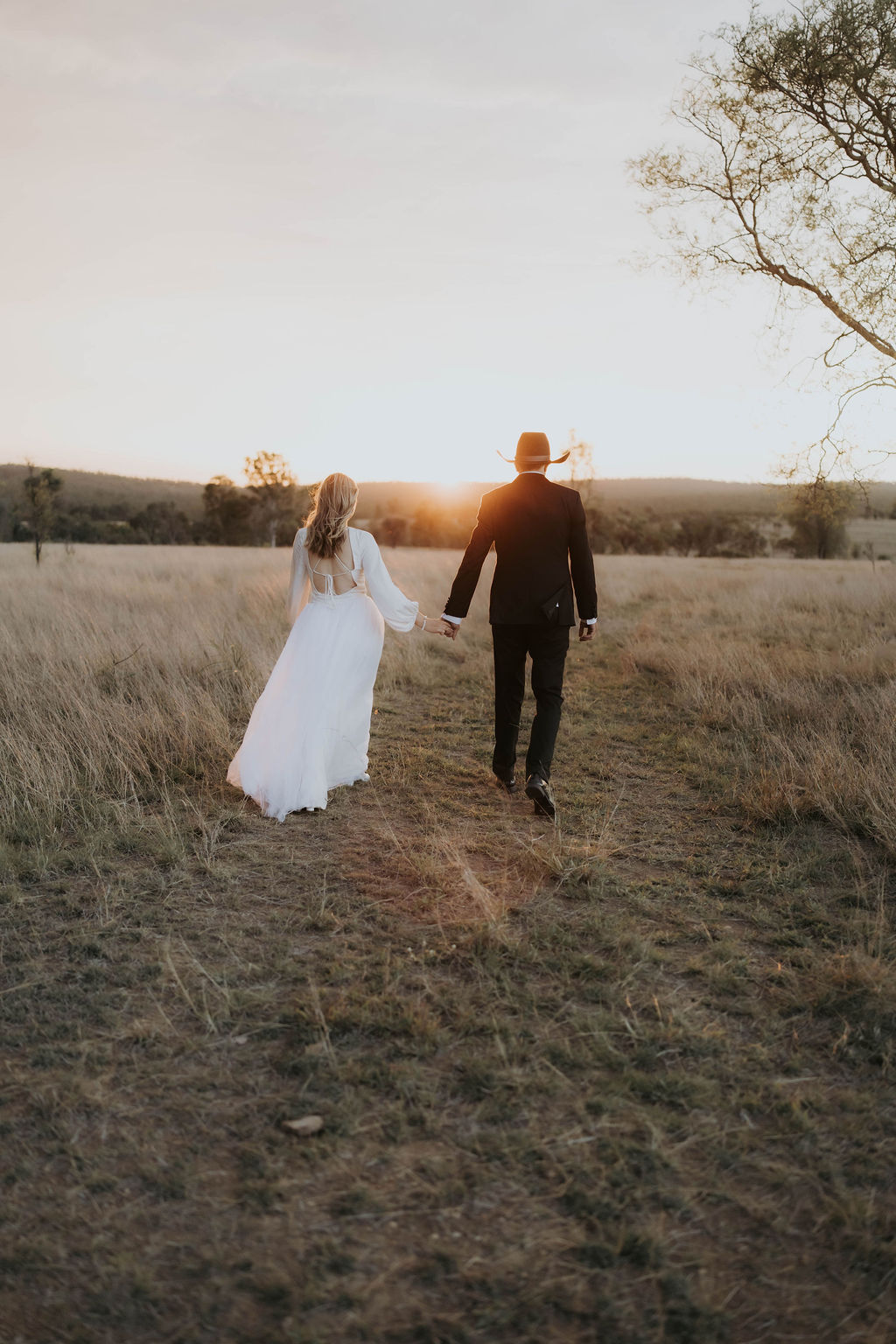Sign up to our mailing list for the best stories delivered to your inbox.
The Outback Gardener answers a reader's question about spacing.
WORDS CASSANDRA HOOKE PHOTOGRAPHY EMMA CROSS
When planting a new garden from scratch, how do you plan the spacing between each plant when aiming for a full garden. For example, if the label says the plant grows 30cm wide, do you plant the next plant at 15cm or 30cm apart?
– Dee Phelps, Duramana, NSW
Firstly, plant tags are only ever a guide. Plant tags assume that the plants are growing in optimal conditions with minimal competition from other plants and weeds. This includes water, sunlight, and nutrient availability, as well as adequate drainage. In my region, I know that most plant tags give an inaccurate representation of plant growth unless it’s a plant that naturally grows in a similar climate and conditions. It’s always best to ask nursery staff, gardening friends or do a little research into the mature dimensions of a plant beforehand. You’ll find this information may change between sources and varieties of the plant, so best to work with an average.
I aim to create a garden that gives a full appearance, it’s what I personally prefer. I do as above, or know from prior experience, and adjust the spacing of planting dependent on what form of garden I am trying to achieve. Some hedges I plant closer together if I am trying to reach a certain height. For instance, if a plant grows to an estimated width of 2 to 3m, I will plant 80cm to 1m apart to create a dense hedge. In a mixed garden bed, I will adjust the planting to the individual plant. A dwarf variety of Nepeta (catmint) I would plant 30cm apart and it can grow anywhere from 30 to 60cm in width.
Cassandra talks to Graziher’s Life on the Land about her love of gardening. Article continues below.
One thing we don’t want to do is rush a garden. Gardens take time to mature. Planting too densely can have adverse effects and can create too much competition for resources, which means the plants will grow sparse or leggy reaching for sunlight. You can always fill in gaps if plants are spread too far apart initially. A tip to create a fuller garden is to use a layering of plants, with varying heights. Using ground covers between taller growing shrubs can help give an appearance of a more mature garden. Many ground covers can also be cut back if getting a little out of control, so this will minimise any competition affects mentioned above.
Got a question for Cassandra? Send it to hello@graziher.com.au with “Gardening Q&A” in the subject line.
Subscribe to Graziher and never miss an issue of your favourite magazine! Already a subscriber? You can gift a subscription to someone special in your life.
To hear more extraordinary stories about women living in rural and regional Australia, listen to our podcast Life on the Land on Apple Podcasts, Spotify and all major podcast platforms.

What began as a postcard-perfect country wedding soon became a story of survival, strength, and the unshakable heart of rural Australia.

Current custodian Penny Lamont says the heritage garden is designed for easy-care and dry times.